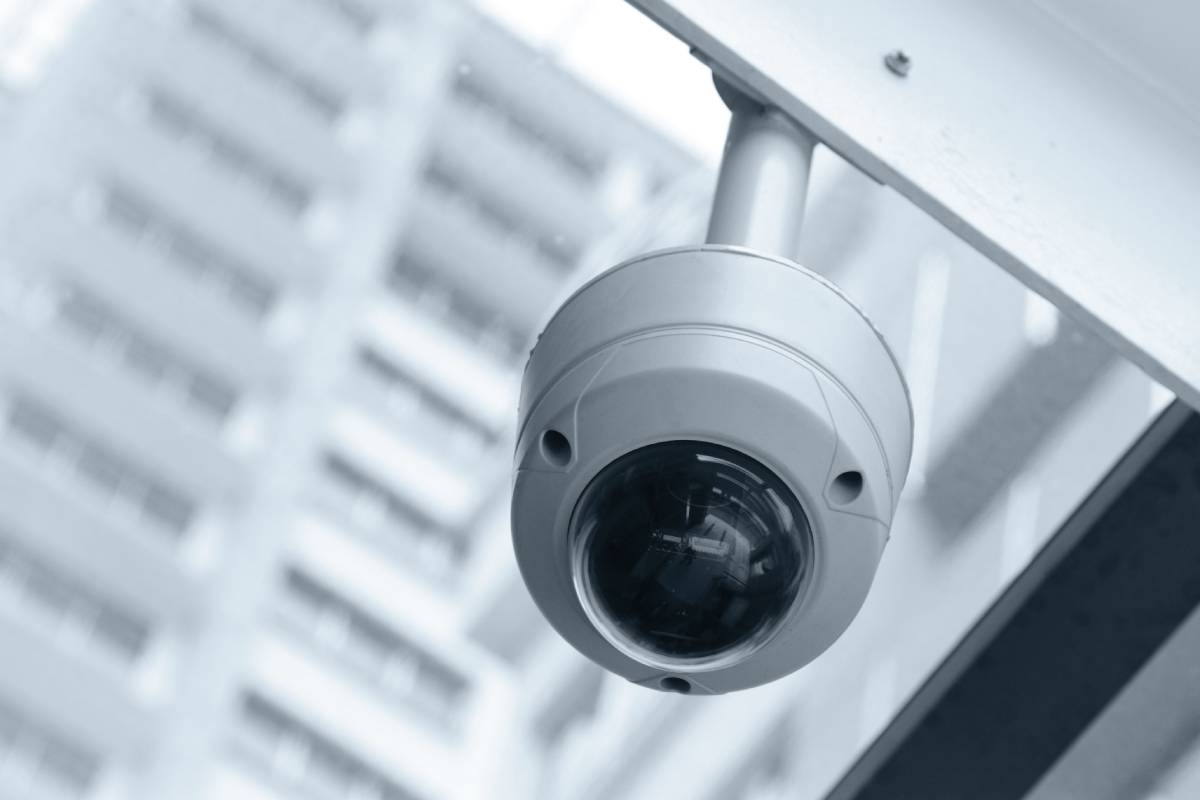Everything You Should Know About Physical Security
October 24th, 2022 by admin

Physical security is the protection of people and property from physical hazards. These hazards can include fires, floods, earthquakes, and other natural disasters, as well as intentional acts such as vandalism, theft, and terrorism. Physical security measures are designed to reduce the risks posed by these hazards.
There are a variety of physical security measures that can be used to protect people and property. These measures can be divided into three main categories:
- Preventive measures are designed to reduce the likelihood of a physical security breach. They include such things as building security, access control, and security lighting.
- Detective measures are designed to detect a physical security breach after it has occurred. They include such things as security cameras and alarm systems.
- Mitigative measures are designed to minimize the damage that can be caused by a physical security breach. They include such things as fire suppression systems and disaster recovery plans.
The most effective physical security programs make use of all three types of measures. By using a combination of preventive, detective, and mitigative measures, it is possible to significantly reduce the risks posed by physical hazards.
When developing a physical security program, it is important to consider the unique needs of your organization. The type of business you are in, the location of your facilities, and the value of your assets will all play a role in determining the best security measures for your needs.
A well-designed physical security program can provide a number of benefits for your organization. It can help to deter crime, protect your assets, and reduce the likelihood of a disaster. Additionally, a well-executed security program can improve employee safety and morale and increase customer confidence in your business.
Physical security is an important part of any organization's security program. By taking the time to develop a comprehensive security plan, you can help to ensure the safety of your employees, customers, and assets.
The Scope of Physical Security Risks
The risks associated with physical security threats are vast and varied. They can include anything from theft and vandalism to terrorism and natural disasters. The potential consequences of these risks can be just as diverse, ranging from financial losses to loss of life.
Physical security risks can impact any type of organization, including businesses, government agencies, nonprofit organizations, and educational institutions. In many cases, the risks are not limited to a single location but can extend to multiple sites or even global operations.
Many organizations have taken steps to improve their physical security, but the threats continue to evolve and become more sophisticated. As a result, it is important for organizations to continuously review and update their security plans and procedures. Some of the most common physical security risks include:
-
Theft
This is one of the most common types of physical security risks. It can involve anything from petty theft to large-scale burglary. The potential consequences of theft can vary depending on what is stolen and the value of the item. In some cases, theft can lead to loss of life if critical equipment or supplies are stolen.
-
Vandalism
This type of physical security risk can range from graffiti to more serious damage, such as smashing windows or destroying property. Vandalism can cause financial losses and disrupt operations. It can also create safety hazards for employees and customers.
-
Terrorism
This is one of the most serious types of physical security risks. Terrorism can take many forms, from bombings to hostage situations. The potential consequences of a terrorist attack can be devastating, ranging from loss of life to damage to property and infrastructure.
-
Natural disasters
Natural disasters, such as earthquakes, hurricanes, and floods, can pose a serious threat to physical security. They can damage buildings and critical infrastructure, making it difficult for organizations to resume operations. Natural disasters can also cause injuries and fatalities.
-
Man-made disasters
Man-made disasters, such as fires and chemical accidents, can also pose a serious threat to physical security. These events can cause extensive damage to property and disrupt operations. In some cases, they can also lead to injuries and fatalities.
-
Other risks
There are many other types of physical security risks that can impact organizations. These include hazards such as slips and falls, electrical hazards, and exposure to hazardous materials.
The best way to protect against physical security risks is to implement a comprehensive security program that includes security measures such as security guards, CCTV cameras, and alarm systems. Additionally, organizations should have procedures in place for responding to incidents and emergencies.
Physical security is vital for every organization, and it ensures that you and your employees are well-protected from all sorts of threats. It is imperative that businesses pay attention to their physical security so that they can provide a safe working environment to their employees and customers. There are countless physical security measures available that would allow you to beef up the security protocols of your organization and establish safer working conditions. If you want to learn more about physical security, contact HTS today.
Posted in: Solutions
